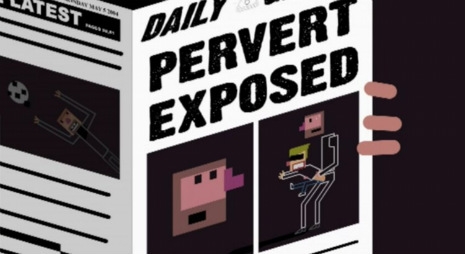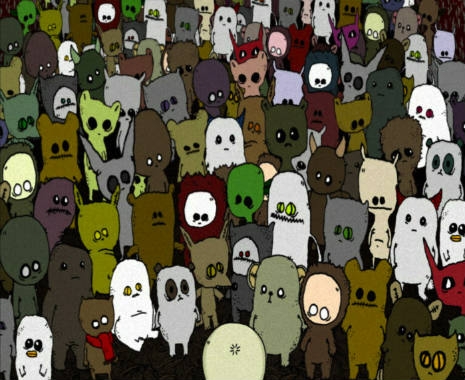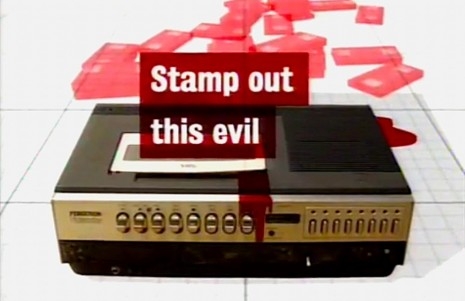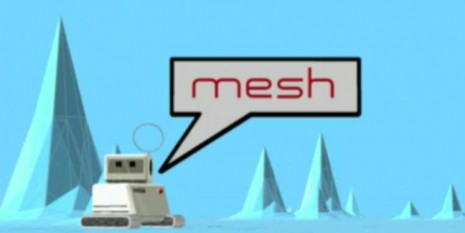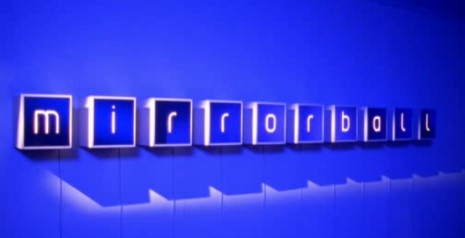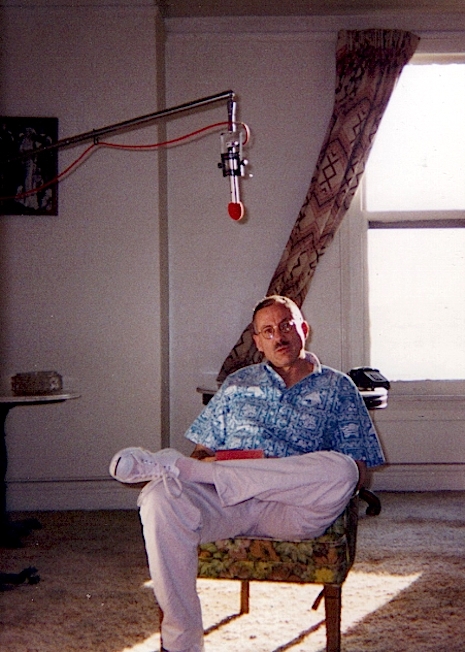
James Ellroy sits reading Jack Webb’s The Badge in the Clark Gable-Carole Lombard suite of the Alexandria Hotel, downtown L.A., Fall of 1994. I’m there as factotum, Johnny-come-lately interviewer asking the “Demon Dog of American Literature” listed and off-the-cuff questions for a documentary called White Jazz. We filmed a preliminary Q&A the day before at a motel near Hollywood where Ellroy hammed it up and gave his pitch: “Woof, woof! Hear the Demon Dog bark…” While that was all good screen time, I want to now find out who’s the man behind this way-sharp, way-cool, and well-rehearsed front.
We talk books. Ellroy sez how his father Lee—once Rita Hayworth’s manager—gave him a copy of The Badge for his eleventh birthday. In among this illustrated volume of gritty true tales of LA crime and the LAPD was the “brutally, graphically sexually explicit” story of the unsolved murder of 22-year-old Elizabeth Short, aka the Black Dahlia. Ellroy said as a kid he got a had a hard-on for this kinda true crime story stuff. But let’s be frank: the Black Dahlia slaying was a way off-the-scale tale of torture, mutilation, and sex that has haunted Ellroy ever since.
But then I thought: wasn’t this a strange kinda book to give a kid? A kid used to the Hardy Boys, I Love Lucy, hot dogs, Westerns and Comic Capers? A kid whose mother, Geneva Hilliker, had been brutalized, strangled with her own stockings, body dumped in El Monte just one year before in 1958—a murder that was and is still unsolved. Didn’t Ellroy think this was a kinda strange book for his Dad the big schlonged Lee to give his kid—who was probably still traumatized by his Mother’s murder? Ellroy stops. He doesn’t get the question. He says he doesn’t understand me. Maybe it’s my sub-seanconnery accent. Maybe it’s my question. Maybe he’s stalling. I ask it again. He still doesn’t get it—doesn’t seem to understand or more accurately want to understand or truly want to answer the question.

The Badge is part of Ellroy’s myth—one key to understanding who he is. It also allows him to reveal what he wants to be known about himself. It deflects as much as it reveals. It’s the book that pushed his imagination towards writing crime fiction. That and every 25c crime story he could get his hands on. It was the source of his teenage obsession where he merged the murder of his Mother with that of the Black Dahlia—feeding his fantasy of saving Dahlia/Hilliker from a murderous person or persons unknown and setting the world to right. Setting the world to order is why some writers write—it allows them to create a world that is containable and suitable to their needs.
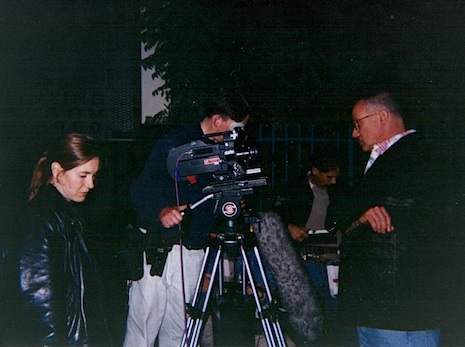
Director Nicola Black, camera Jerry Kelly with James Ellroy, LA 1994.
The documentary White Jazz was produced and directed by Nicola Black. It came about after Black had filmed Ellroy (in a cold damp Victorian prison cell off the banks of the River Clyde in Scotland) for a previous documentary on the world’s first private detective Allan Pinkerton—a drama-doc which had starred Peter Capaldi. White Jazz was made over one intense week with Ellroy in LA, October ‘94. The documentary followed the Demon Dog around the sites of his childhood, his criminal youth, and sober years as a writer. The film then opened out to follow Ellroy’s personal investigation into his Mother’s unsolved murder. For this he called in the help of an ex-County Sheriff’s Department Detective Bill Stoner. Stoner is a calm, lean, genial man, eyes twinkling, full mustache, whose quiet demeanour belies the horrors he has seen. He helped solve the Cotton Club killing, picking up a victim’s exploded, shattered teeth on a desolate hillside. Stoner takes Ellroy through Hilliker’s morgue file—the black and whites of crime scene, body, ligature marks, bruises, and autopsy report—before visiting her last known locations where seen and the suggesting possible suspects. Ellroy’s collaborative investigation with Stoner became his non-fiction book My Dark Places (1996).
This award-winning documentary is seldom seen online—though pirate copies can switch hands for mucho dinero—and it’s a moving, fascinating and revealing portrait of James Ellroy, in which he takes the viewer on a personal odyssey through his life, his work and his obsessions with the city of Los Angeles—his “smog-bound Fatherland.”
But time moves on, and Ellroy is currently selling his Hollywood Hills residence for $1.39m—if you want to take a peak at his monkish orderly abode check here. He also has a new book out LAPD ‘53, in which he illuminates 85 duotone photographs from the LAPD archive that are “representative of a day in the life of America’s most provocative police agency.”






